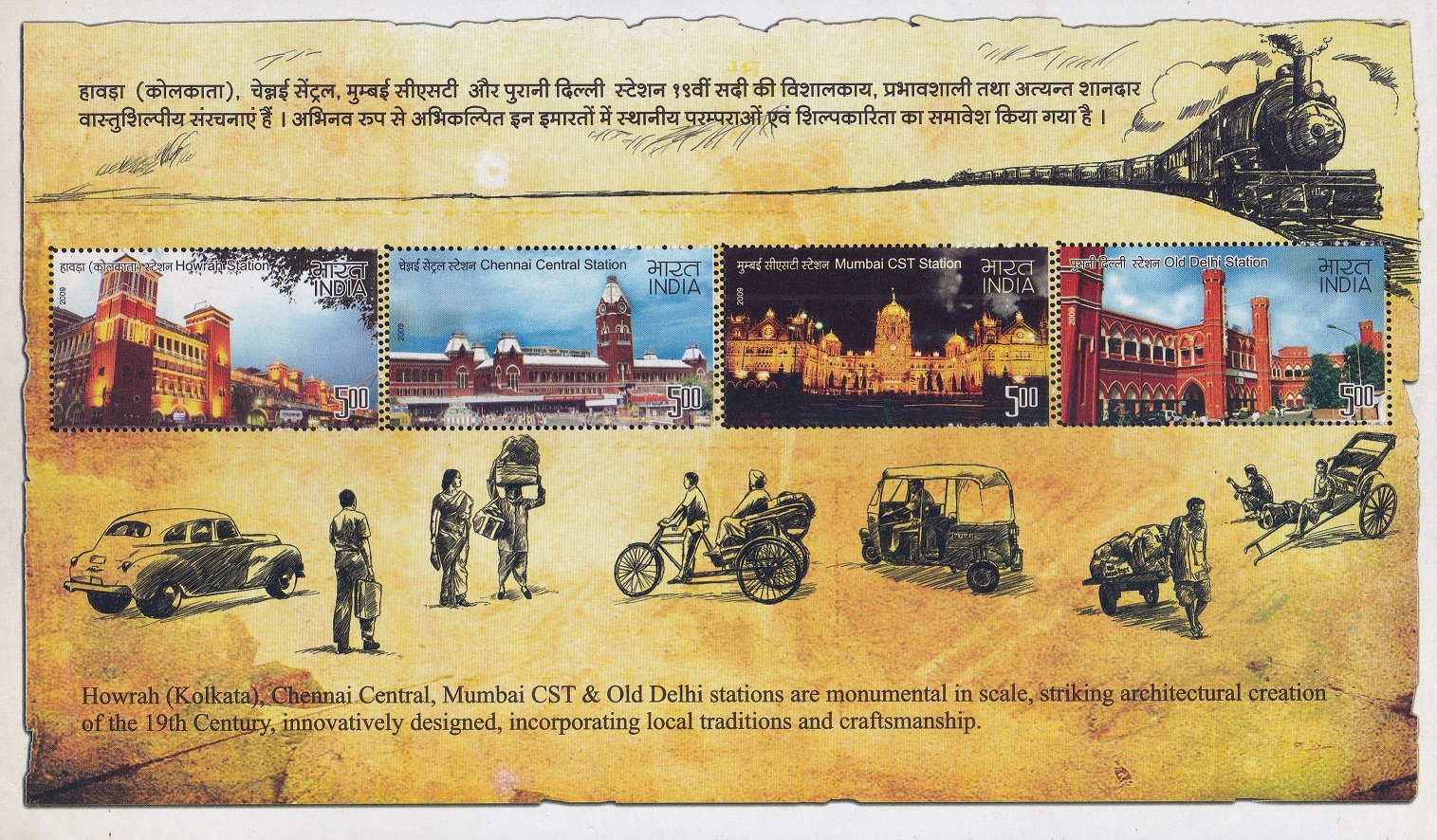
Heritage Railway Stations of India 2009
A Miniature Sheet consisting of 4 nos of commemorative postage stamps on the Indian Metro Heritage Railway Stations : Howrah, Chennai Central, Mumbai CST and Old Delhi :
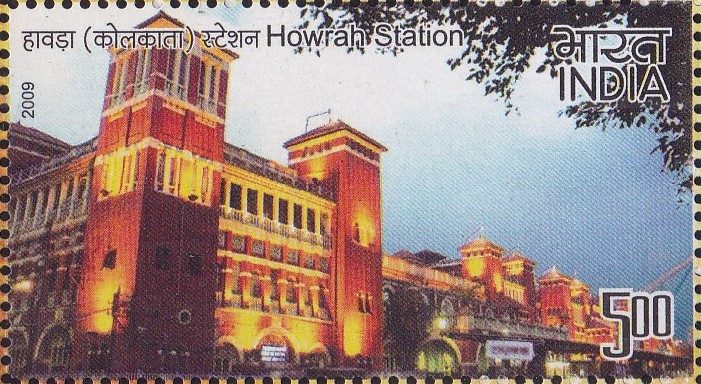
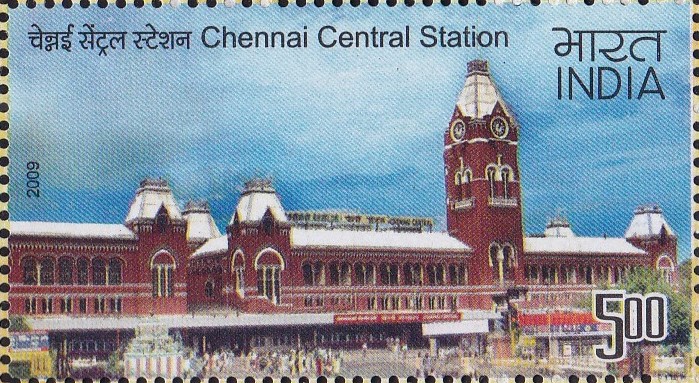
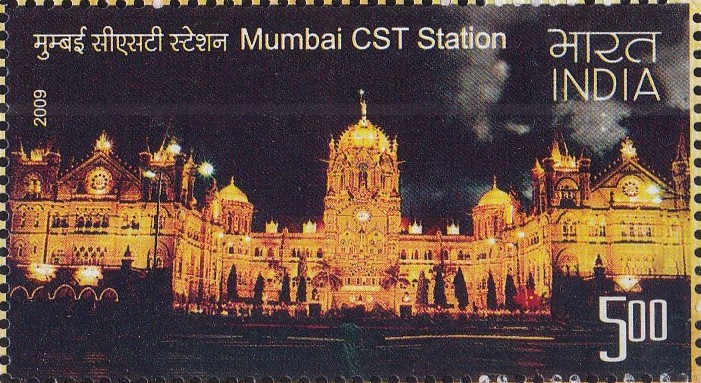
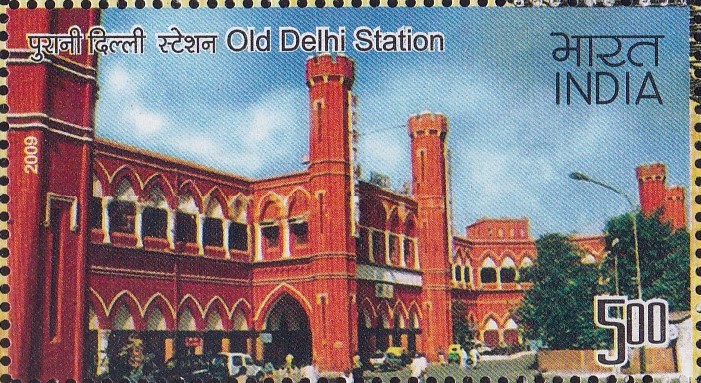
 Issued by India
Issued by India
Issued on Aug 16, 2009
Issued for : The four Metro Heritage Stations of India stand as sentinels of history and progress. The Department of Posts is happy to issue a set of four commemorative stamps on Heritage Railway Stations of India.
Credits :
Stamp, FDC : Kamleshwar
Cancellation : Alka Sharma
Type : Miniature Sheet with above four setenant stamps with thematic border, Mint Condition
Colour : Multi colour
Denomination : 500 Paise each
Stamps Printed : 0.4 Million each
Printing Process : Wet–offset
Printer : Security Printing Press, Hyderabad
About :
- Indian Railways has stood as an emblem of progress spanning over 150 years. In this period, it catalyzed India’s industrialization and has emerged as a lifeline of India’s development. Some railway structures are monumental in nature representing significant developments in architecture and technology. On 15.08.1854 a train ran from Howrah to Panduah. This Heritage Run is commemorated by the release of a set of four stamps representing four Metro Heritage Railway Stations of India. The Miniature Sheet brings alive the old world charm of Railway Stations.
- A plan for railway in India was first put forward in 1832. In 1844, the Governor-General of India allowed private entrepreneurs to set up a rail system. The first train became operational on 22nd December 1851 in Roorkee. On 16th April 1853, the first passenger train ran between Bori Bunder, Bombay and Thane, covering 21 miles. The rail network then developed rapidly, radiating from Bombay, Madras, Calcutta and Delhi.
- Railways in India were patrons of a style that combined the prestige and relevance of train travel with imaginative innovations of engineering. They were designed with grandeur and dedicated to the customer for eternity. Also, the four Metro Stations – Kolkata, Mumbai, Chennai and Delhi were monumental in scale, striking architectural creations of the 19th century, innovatively designed and incorporated local traditions and craftsmanship. They became a focal point of each city. With the coming of the Railways, there came up railway stations, Railway companies vied with each other to build imposing railway station buildings.
- In 1853, India‘s first train should have started from Howrah but the ship bringing the coaches sank in the river Hoogly and the steam locomotive was mis-dispatched to Australia. It opened in 1854 as the first in the East and amongst the first few stations in India, as a temporary tin shed, for just two pairs of trains, a small booking office and one line along a narrow platform. The first train of the East Indian Railway, driven by Joshua Greenbo, ran from Howrah to Hoogly on 15th August, 1854, a distance of 24 miles. This led to India‘s 1st commercial railway goods corridor from Howrah to Raniganj. The present day station became a necessity with increasing number of trains and opening of the Bengal Nagpur Railway from Howrah in 1900.
- From humble beginning for just 5 carriages of only one train, Howrah Station now is among the largest railway stations in the world, caters to all major cities in India, handles over a million passengers a day through 23 platforms and over 300 pairs of trains. From within its magnificent archaic structure, huge crowds and the olden day charm of this great monument make this a wonderful destination. It became and still remains a gateway to the entire eastern and northeastern India.
- The first imposing heritage station of the Railways came up with the Victoria Terminus, housing the office of the Great Indian Peninsular Railway Company. This building was started in 1878 and it was completed and thrown open to the public on New Year’s day 1888. The ceilings are very high and exude a sense of space and freedom. The magnificent monument was designed by F.W. Stevens. The decorative carved detail was executed by native carvers from models supplied by Mr. Gomez and the students of the Bombay School of Art. The buildings are faced with a light buff coloured Coorla stone with dressings, cornices and moldings in Porbandar and Seoni stones. The total cost of the whole of the building was about Rs. 27 lakhs. All the work was entirely executed by indigenous labour. In quick succession came the large and imposing station buildings at Madras and Howrah. The land mark in Madras Central Station is the Victorian Clock Tower. The Howrah Station has a predominance of arches with a touch of contemporary British architecture and local trappings. Railways came to Delhi with the establishment of the imposing Old Delhi Railway Station constructed in 1867. The building has several Gothic features. The two storey building has deep verandas on both floors and though the original building is in a good condition many modifications and additions have since been done. Semi octagonal turrets rise from the corners of the building.
- Text : Based on text provided by the proponent.



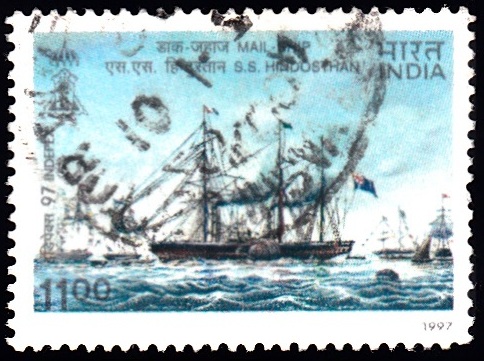


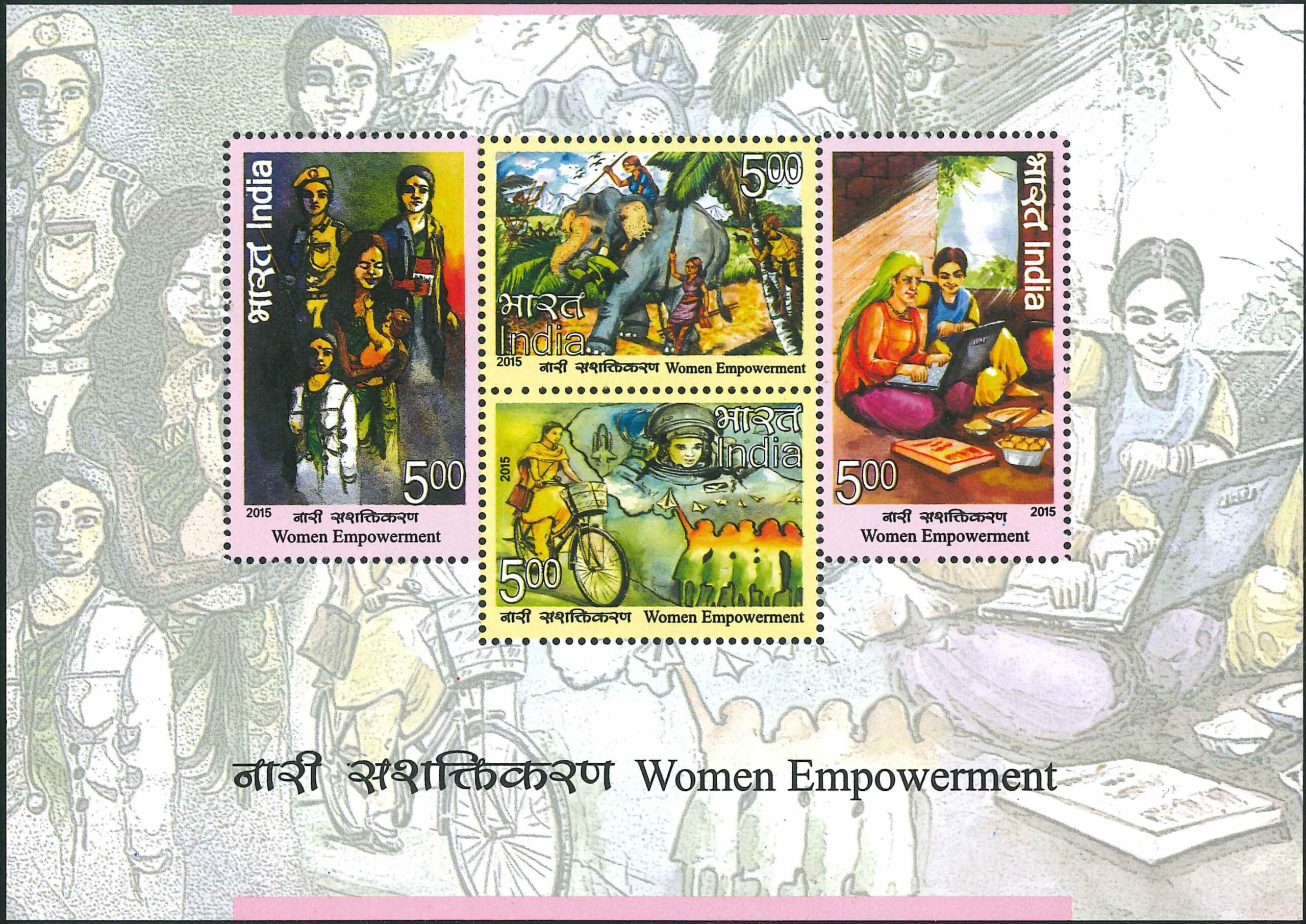
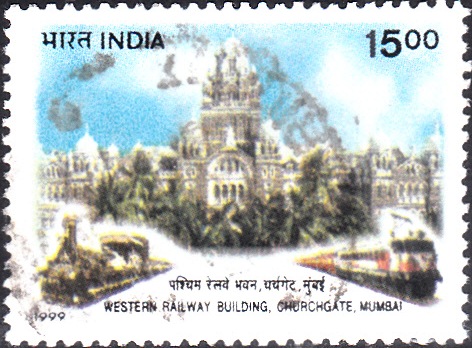
[…] leading to the Kashmere Gate. A part of the fort wall to the east has been demolished to build the Old Delhi Railway Station while the wall to the west […]
[…] Line : The Matheran Railway begins its upward journey at Neral, a station 87 Kms. away from Bombay V.T. The line was constructed in 1907 and the gauge is 2 ft. The maximum gradient is 1 in 20 and the […]
[…] said building became inadequate for the G.P.O. and plan to construct a new building outside the Chhatrapati Shivaji Terminus Station, earlier known as Victoria Terminus Railway Station, was undertaken in 1902. Jhon Begg, […]
[…] civilians were taken POWs. Sam was full of compassion and was the first Indian officer to reach at Delhi Railway Station to meet the Pakistani POWs. He shared a cup of tea and chatted with them for some time. The POWs […]